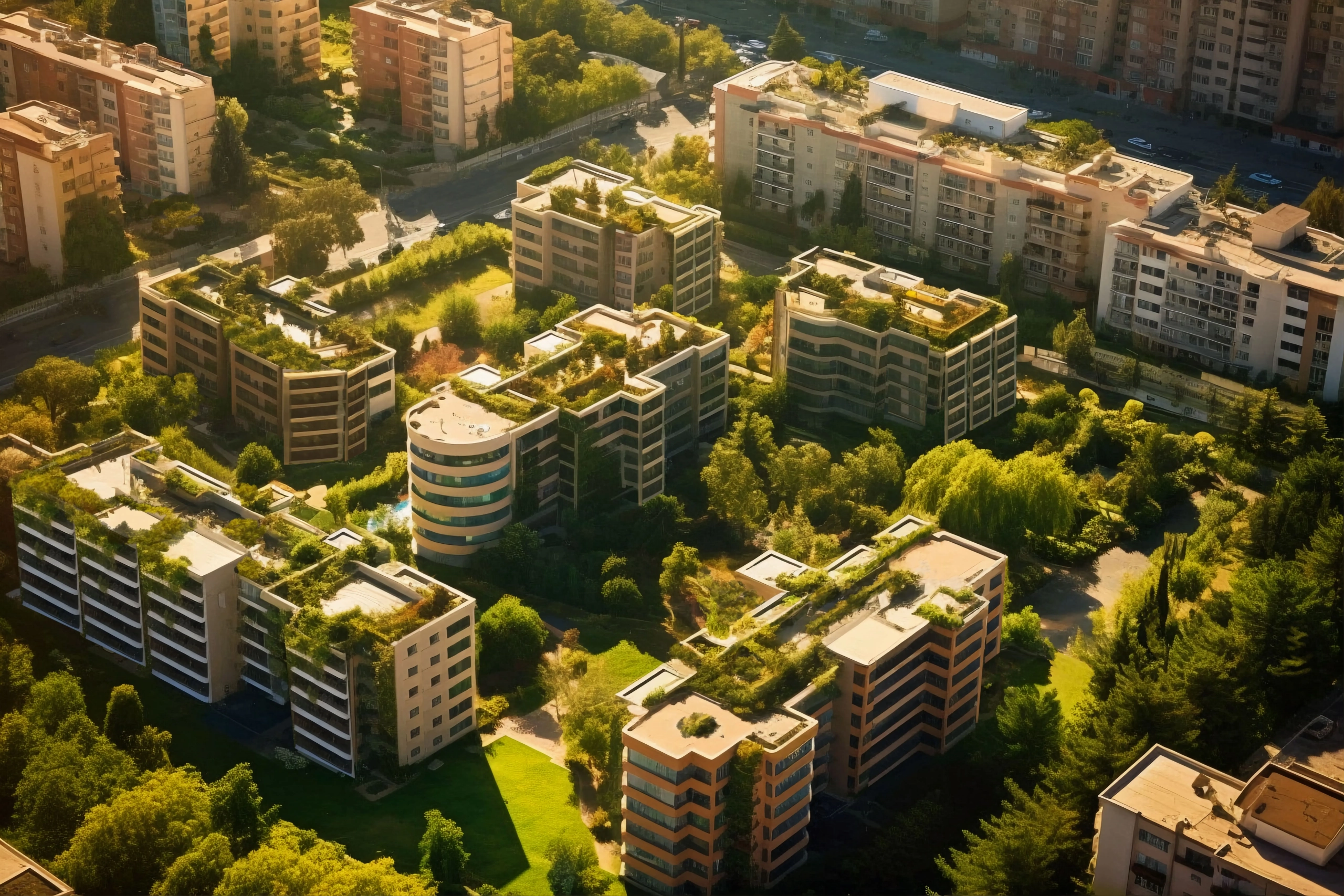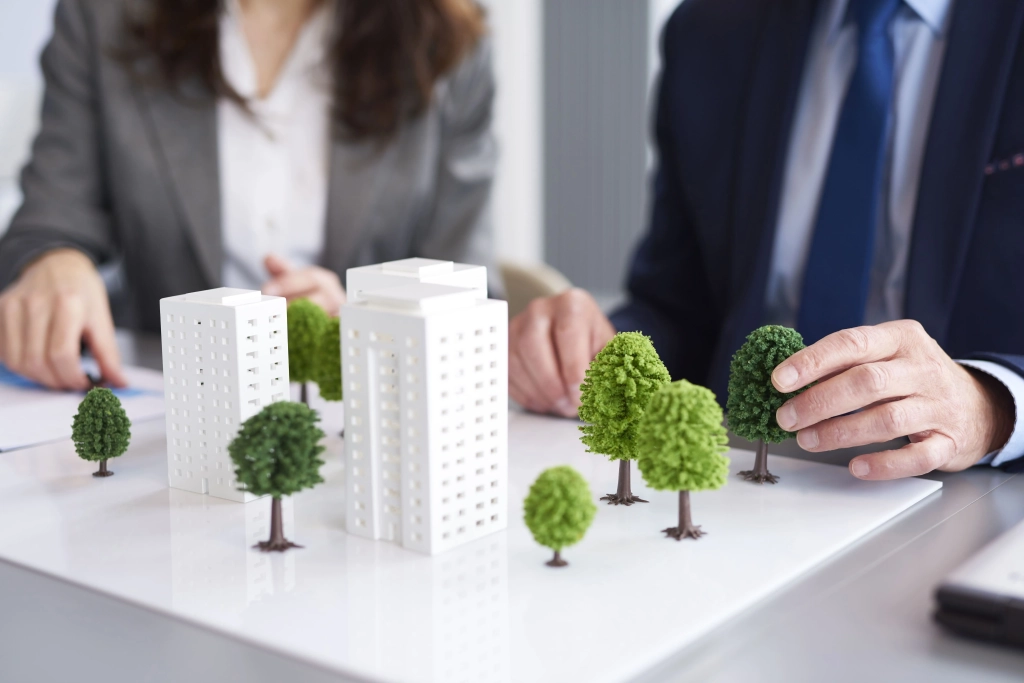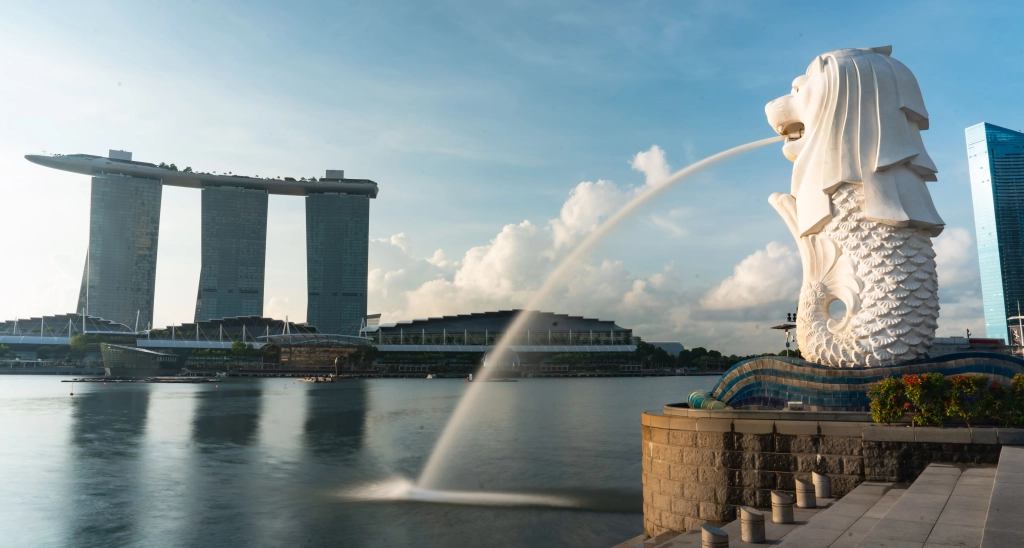Urban Redevelopment: Breathing New Life into Old City Centers

Urban Redevelopment is a term that carries weight, vision and hope for cities worldwide. It’s an art and science that shapes our cities, reflecting societal changes, technological advancements, and cultural shifts. From restoring historical buildings to creating state-of-the-art facilities, Urban Redevelopment brings new life to the old city centers. This article, focusing on Urban Redevelopment, aims to provide insights and understanding into this vital urban phenomenon.
RELATED: Navigating Joint Ventures: An In-Depth Guide to Partnerships in Philippine Real Estate
Defining Urban Redevelopment
Concepts and Objectives
Urban Redevelopment is a multifaceted and strategic process aimed at revitalizing city areas that have seen better days. It’s about reimagining the spaces, transforming them to serve the needs and aspirations of the modern urban population. The objectives can vary, ranging from economic revival, and improved living standards, to environmental sustainability.
Historical Background
Historically, Urban Redevelopment projects began to surface during the early 20th century. The need to cater to growing urban populations, coupled with the drive to improve living conditions, led to innovative city planning.
Challenges in Urban Redevelopment
Identifying Targets
Targeting the right areas for redevelopment involves a complex decision-making process. It isn’t merely about selecting decayed or underutilized spaces. Planners must consider social, economic, and environmental factors to ensure that redevelopment aligns with the broader city strategy.
Legal Challenges
Navigating legal landscapes is a significant hurdle in Urban Redevelopment. This might include disputes over property rights, zoning laws, and historic preservation. Effective collaboration and communication between different stakeholders are paramount in overcoming these challenges.
Environmental Constraints
Creating an environmentally sustainable redevelopment plan demands a fine balance. How do you create urban spaces that are functional and appealing without compromising nature? It’s a challenge that demands innovation, foresight, and commitment to sustainable practices.

Strategies in Urban Redevelopment
Planning
Effective Urban Redevelopment begins with meticulous planning. From analyzing the current state of the targeted area to envisioning its future, planning involves a careful assessment of various factors, including infrastructure needs, community engagement, and financial considerations.
Financing
Securing the necessary funding is an essential aspect of Urban Redevelopment. Whether it’s government funding, private investments, or public-private partnerships, creating a financially viable redevelopment plan is crucial for success.
Engaging Community
Community engagement serves as the backbone of successful redevelopment. By involving the local community in decision-making processes, planners can create spaces that resonate with the people’s needs and aspirations.
Urban Redevelopment Examples Around the World
London’s King’s Cross
King’s Cross in London stands as a shining example of successful Urban Redevelopment. Once a run-down industrial zone, King’s Cross has transformed into a bustling hub, hosting offices, residences, and entertainment facilities, demonstrating how thoughtful planning and execution can breathe new life into old city centers.
New York’s Times Square
Times Square in New York underwent a remarkable transformation. What was once a crime-ridden area is now one of the world’s most recognized urban landmarks. This transformation showcases the power of creative planning, public-private partnerships, and a strong vision.

Singapore’s Clarke Quay
Clarke Quay in Singapore represents another success story in Urban Redevelopment. By maintaining its rich cultural heritage and incorporating modern facilities, Clarke Quay has become a vibrant commercial and recreational area.
The examples mentioned above symbolize what Urban Redevelopment aims to achieve. It’s a dynamic and ever-evolving process that requires vision, collaboration, and determination. By reshaping our cities, Urban Redevelopment contributes to a brighter, more sustainable, and more vibrant urban future.
Urban Redevelopment isn’t merely a construction or aesthetic endeavor; it’s a philosophy that guides how cities grow, evolve, and sustain. Through careful planning, community engagement, and embracing technology, cities around the world are turning their old centers into thriving urban spaces.
FAQs
What is Urban Redevelopment?
Urban Redevelopment is the process of revitalizing old city centers to make them more functional, attractive, and sustainable.
Why is Urban Redevelopment essential?
Urban Redevelopment is vital for managing urban growth, enhancing living conditions, stimulating local economies, and ensuring a sustainable environment.
How are communities involved in Urban Redevelopment?
Involving local communities ensures that redevelopment plans align with the needs, desires, and cultural fabric of the area.
What are the economic benefits of Urban Redevelopment?
Economic upliftment, job creation, increased property values, and commercial growth are some key benefits.
Can Urban Redevelopment lead to gentrification?
Yes, if not managed properly, it can lead to gentrification. However, mindful planning can mitigate this effect.
What role does technology play in Urban Redevelopment?
Technology enhances planning, design, construction, and management in Urban Redevelopment, contributing to smarter and more efficient cities.
Read more here: AllProperties Latest Blogs




